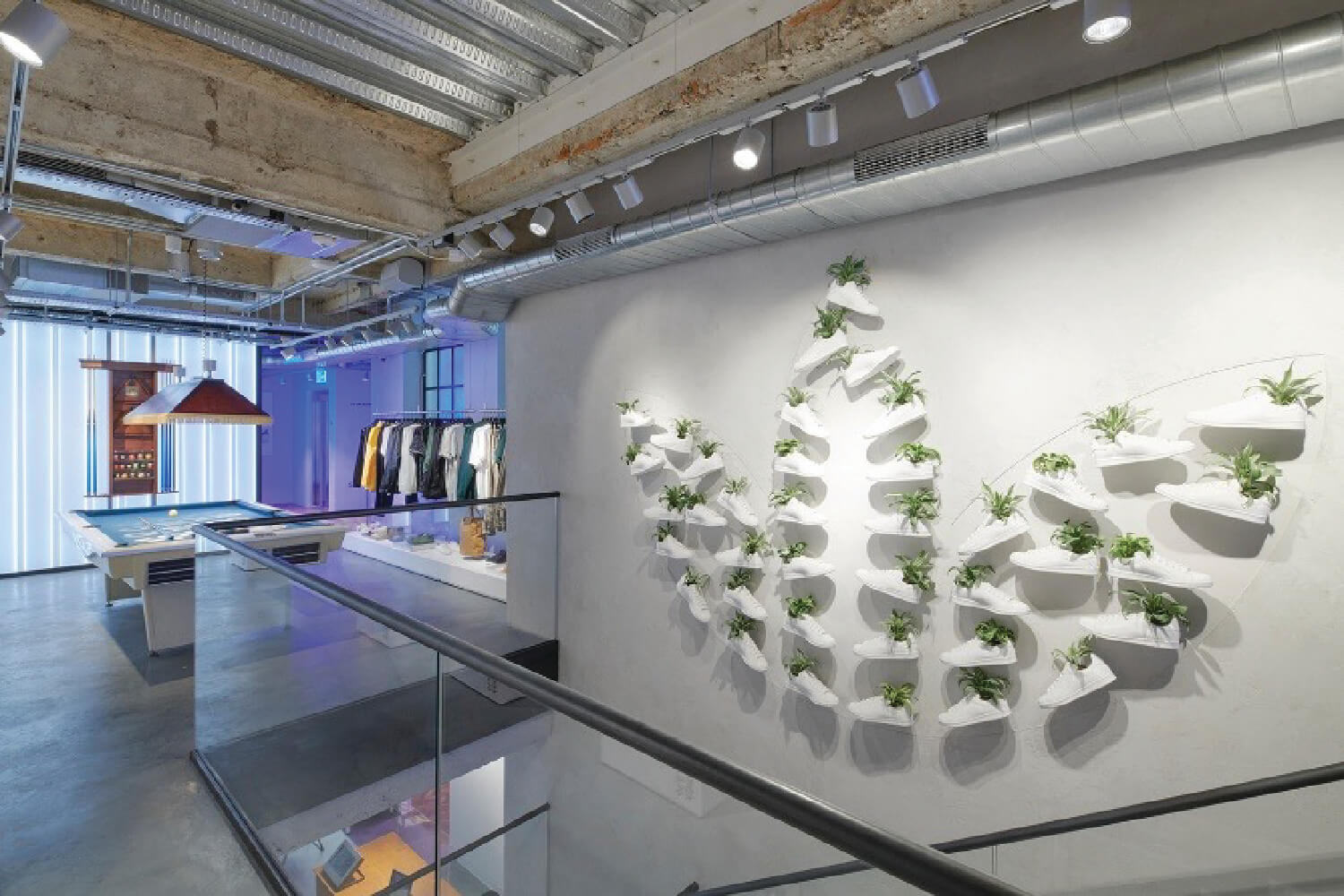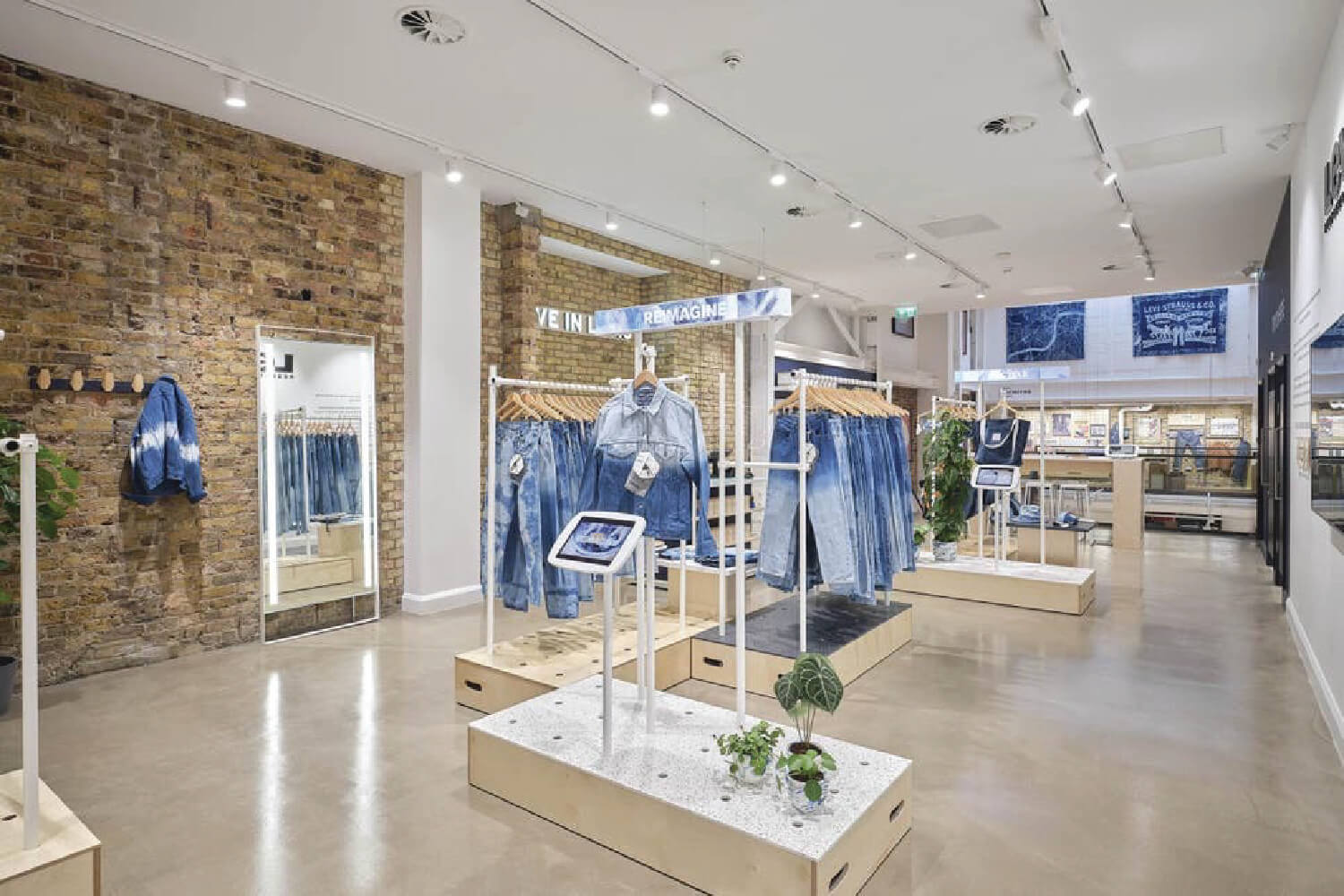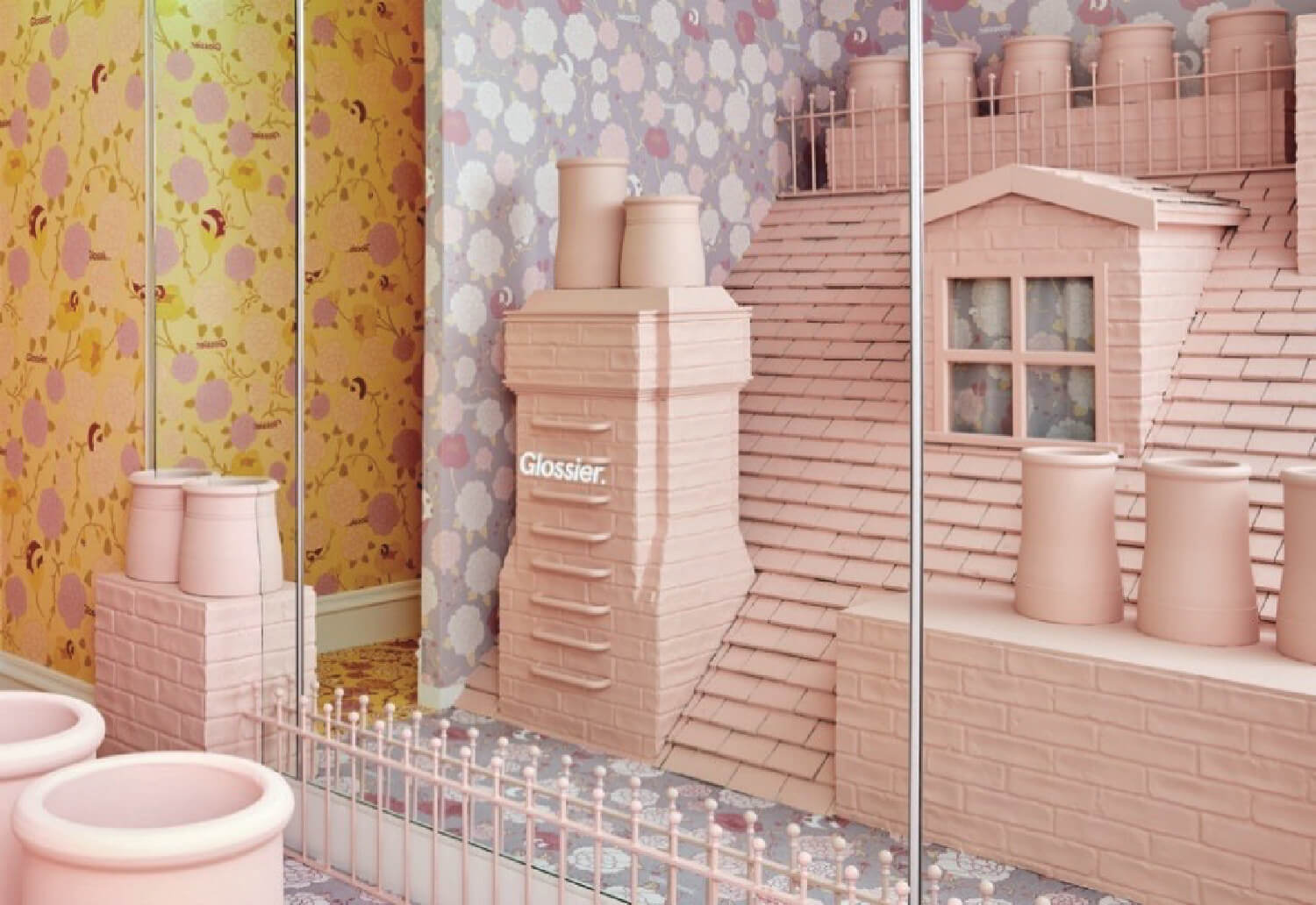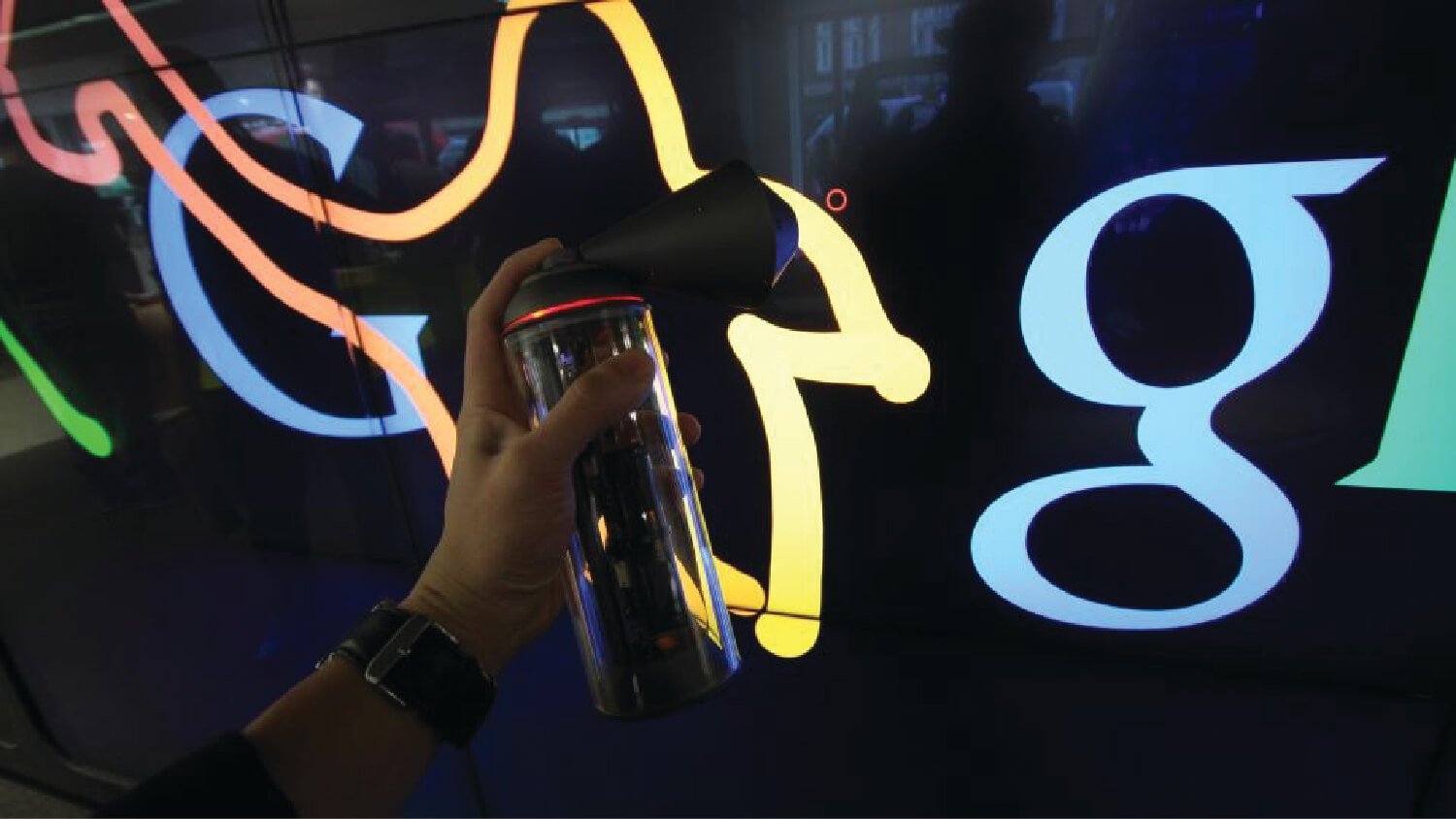With an explosion of shoppers in recent years converting to online, the expectations of a brands physical space has been forced to evolve. Brands are having to become more inventive to capture footfall and motivate customers to make the journey into store. This is being done with the promise of experience rather than just the traditional process of a transaction.
The first step in changing a customer’s perception of a stores physical space, is the shift in how brands communicate about the space and its purpose. What would have been typically classed as a flagship is now being promoted as a brand house or concept store. It is essential that these spaces are fulfilling an experience that can’t exist or live online. Providing something that must be witnessed or interacted with face to face, is an opportunity for a brand to really express themselves and make their mark.
‘Great retailers, in the future, will make you feel like you’re in a special place, designed especially for you so that you take time out of your life to go to that place because it feels like the right place to be.
It’s aspirational.”
Brian Solis, Global Innovation Evangelist


The Adidas Originals concept store on Carnaby Street, London has been created with the brands vision to be carbon neutral by 2050, at the forefront of the store design. The store build includes only BREEAM certified materials, alongside reclaimed wooden flooring and upcycled furniture. One of the key features being a Stan Smith 3D printed trefoil mural containing living plants. Its presence in the space heroes further the company values.

Within these brand houses, spaces are becoming more versatile - an entire space including its fixtures and fittings can be dedicated to a pop-up or a single product launch or be flexed to cater for a range of services.
At the Levi’s concept store in Soho, London, there is a focus on the sustainability and circularity of their product. A number of unique services are available to customers in-store to celebrate the store concept such as a customisation and repair shop. Alongside this, a new product offer will be available which has been made entirely from repaired, reimagined, and recycled Levi’s products. Made from a combination of deadstock and customers own donated Levi’s clothing, this range has been launched as a store exclusive. Which makes you wonder, is the concept of ‘online exclusive’ shifting towards in-store exclusive?

Location based experiences set the stage for user generated content. As a result, we are seeing most new retail spaces designed to be able to cater for that “instagramable” moment. Whether it be a brand activation, product launch or just the space itself. These posts, shares or tags create a presence on social media, but through the lens of the consumer making it feel more authentic. The beauty brand Glossier’s London pop-up really set the bar here. In just ten weeks, the pop-up store welcomed over 100,000 visitors and had the highest average daily sales of any Glossier’s offline experiences.
The space, unique to its surrounding, was inspired by traditional British social clubs and was reminiscent of classic British architecture and interiors. The most obvious example was the entire space being covered in a William Morris style wallpaper. Cementing the space as the perfect backdrop for a photo, and from the brands point of view, the most recognisable when shared.

Some experiences are designed to enable consumers to not only create, but also share content while still inside the store. When Google opened its first retail space in Tottenham Court Road, London it was presented as an adult playground. Here among many interactive “games”, you could create your own largescale Google Doodle using an aerosol style handset, and if you decided to save it, you could instantly share across social media platforms. A huge upside of instant shares like this, is the digital footprint which gets left behind, which can be measured in real time giving instant KPI’s for a project. And it is these shared interactions that play a part of a brands 360 story telling.
‘Your most recent best experience becomes your minimum acceptable experience, and we definitely see that because customer expectations are increasing all the time.”
Alex Freudmann, Dan Murphy’s
There are many different levels to facilitating an in-store experience for shoppers, and whether these experiences are designed to be a permanent fixture of a store concept or a short-lived pop-up space, the goal is the same – leave an impression.
Brands should see it as an opportunity to raise the bar, leveraging their bricks and mortar presence to craft purposeful connections and deliver a shared experience to live on in people’s memory. Which without doubt is the best brand building tool.
Niamh Purcell is a Commercial Interior Designer in TapCreative.
She specialises in retail design, creative visual merchandising, and sustainable design principles.